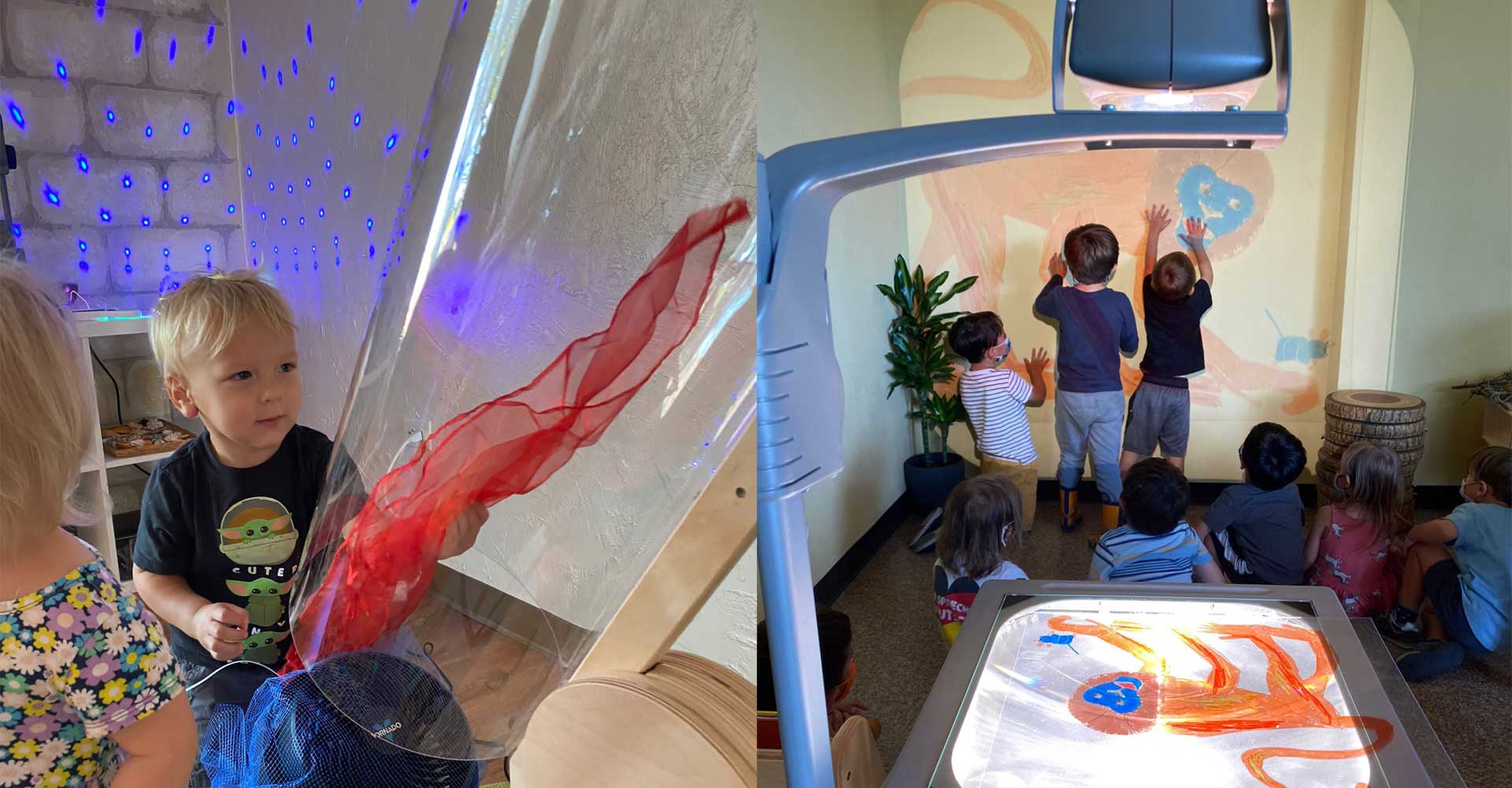
What does STEM mean?
In this brief, “STEM” is meant to include science, technology, engineering, and mathematics as individual disciplines and as the integration of those disciplines with each other. Because research in mathematics and science education is more extensive, these disciplines receive more attention in the brief. Science is the study of the natural world, seen and unseen. Science includes what scientists and children who are doing science learn (concepts and crosscutting ideas) and how they go about learning it (the practices of science). Technology involves the application of scientific knowledge for practical purposes, such as to improve productivity, make things, or provide services.
It includes all human-made objects—basic and advanced, non-digital and digital— that support us in work and in our daily lives. Engineering is the process of designing to meet human needs and wants under various constraints such as time, money, available materials, and the laws of nature. Engineering has strong connections to many other disciplines, particularly mathematics, science, and technology. Mathematics is the study of quantity, structure, shape, and change. It provides a foundation for many aspects of daily life, including for much of science, technology, and engineering.
The mathematical sciences include more than numbers and arithmetic—they also deal with such topics as geometrical figures and structures, measurement, and logical argumentation. Mathematicians and children doing math use the practices of mathematics to identify crosscutting patterns and structures and to understand and explain phenomena.
